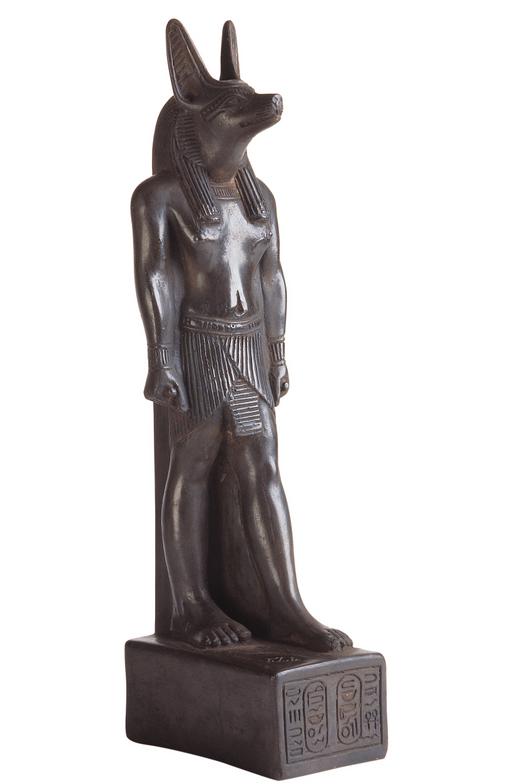ONE FAMILY PLAN
Swedenborg
OF Animals OF Humans
"The symbolic language of the psyche is given 'objective' form... one of Whitton's subjects said that when he was introduced to a woman who was going to figure prominently in his next life, instead of appearing as a human she appeared as a shape that was half-rose, half-cobra... he and the woman had been in love with one another in two other lifetimes. However, she had also twice been responsible for his death. Thus, instead of manifesting as a human, the loving and sinister elements of her character caused her to appear in a hologramlike form that better symbolized these two dramatically polar qualities." (Talbot, p 255)
"Hazrat Inayat Khan said that when he entered a mystical state and traveled to 'divine realities,' the beings he encountered also occasionally appeared in half-human, half-animal forms. Like Whitton's subject, Khan discerned that these transfigurations were symbolic, and when a being appeared as part animal it was because the animal symbolized some quality the being possessed... Khan theorized that this is why ancient cultures, such as the Egyptian, pictured the gods that rule the afterlife realm as having animal heads." (Talbot, p 255, from Wil van Beek, Hazrat Inayat Khan, p 29)
Swedenborg
"Swedenborg talks about passing through a dark tunnel, being met by welcoming spirits, landscapes more beautiful than any on earth and one where time and space no longer exist, a dazzling light that emitted a feeling of love, appearing before beings of light, and being enveloped by an all-encompassing peace and serenity. He also says that he was allowed to observe firsthand the arrival of the newly deceased in heaven, and watch as they were subjected to the life review, a process he called 'the opening of the Book of Lives.' He acknowledged that during the process a person witnessed 'everything they had ever been or done.'" (Talbot, p 258, see Leon S Rhodes, Swedenborg and the Near-Death Experience, pp 237-40, and Wilson Van Dusen, The Presence of Other Worlds, p 75)
As spirits and angels spoke, their thoughts coalesced into symbolic images, especially animals. Swedenborg said that when angels spoke of love and affection "'beautiful animals are presented, such as lambs' When however the angels are talking about evil affections, this is portrayed by hideous, fierce, and useless animals, like tigers, bears, wolves, scorpions, snakes, and mice." (Emanuel Swedenborg, The Universal Human and the Soul-Body Interaction, p 45)
"Swedenborg said that he was astonished to find that in heaven there are also spirits from other planets, an astounding assertion for a man who was born over three hundred years ago!" (Talbot, p 258)
Swedenborg said that "although human beings appear to be separate from one another, we are all connected in a cosmic unity. Moreover, each of us is a heaven in miniature, and every person, indeed the entire physical universe, is a microcosm of the greater divine reality."
Dr. George F. Dole, who holds degrees from Yale, Oxford, and Harvard, "notes that one of the most basic tenets of Swedenborg's thinking is that our universe is constantly created and sustained by two wavelike flows, one from heaven and one coming from our own soul or spirit." (Talbot, p 259)
"If we put these images together, the resemblance to the hologram is striking. We are constituted by the intersection of two flows -one direct, from the divine, and one indirect, from the divine via our environment. We can view ourselves as interference patterns, because the inflow is a wave phenomenon, and we are where the waves meet." (George F. Dole, An Image of God in a Mirror, pp 374-81)
"Swedenborg also believed that, despite its ghostlike and ephemeral qualities, heaven is actually a more fundamental level of reality than our own physical world. It is, he said, the archetypal source from which all earthly forms originate, and to which all forms return, a concept not too dissimilar from Bohm's idea of the implicate and explicate orders." (Talbot, p 259)
"Everything that I have written is as true as you now behold me. I might have said much more had it been permitted to me. After death you will see all, and then we shall have much to say to each other on the subject." (Swedenborg, on his death bed, from Theophilus Parsons, Essays, p 225)



